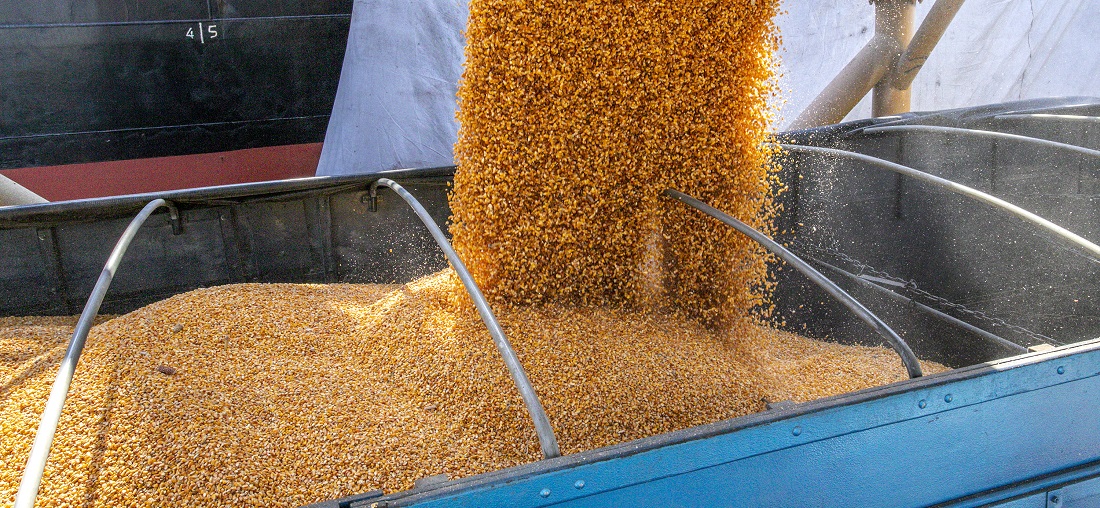
China Cuts Corn Imports, Pressuring Brazilian Market and Prices
Sep, 19, 2024 Posted by Sylvia SchandertWeek 202438
An analysis by Grão Direto indicates that corn production in the U.S. slightly increased, from 384.74 to 385.73 million tonnes. However, global production fell from 1.21982 to 1.21857 billion tonnes, affecting global stocks. The USDA reported that the U.S. sold 1.561 million tons, exceeding expectations of 700,000 to 1.6 million tonnes.
According to the Grão Direto analysis, the U.S. Department of Agriculture (USDA) revised its projections for China’s corn imports downward, from 23 million tonnes to 21 million tonnes. This reduction may indicate that the Asian country is approaching self-sufficiency in corn production, which could directly impact the demand for Brazilian corn.
In Brazil, producers have shown resistance to new sales after settling debts from previous sales, pressuring buyers to offer more attractive prices. However, a significant volume of corn is still to be traded as the U.S. harvest progresses, creating competition in the international market.
The following graph uses data derived from DataLiner to show the month-by-month progression of corn exports from Brazil between January 2021 and June 2024. A demonstration is available upon request via the link below.
Corn Export Volume | Jan 2021 – Jun 2024 | WTMT
Source: DataLiner (click here to request a demonstration)
The planting of the summer crop is proceeding at a moderate pace in the southern states, with Rio Grande do Sul registering 37% of the total planted area, down from 44% the previous year. However, unstable weather in other regions of Brazil generates uncertainty about the progress of corn planting.
In exports, the USDA reduced Brazil’s projection from 50 to 48 million tonnes due to lower production and a slower pace of exports. Nevertheless, this figure is still above the estimate by Conab, which is 36 million tonnes. The market predicts a level between 40 and 42 million tonnes, about 30% below the initial forecast. This scenario may keep prices high for the third consecutive month.
Source: Agrolink
-
Economy
Jan, 17, 2022
0
Brazilian agribusiness balance shows a surplus of US$ 105.1 billion in 2021
-
Coffee
Apr, 13, 2023
0
Brazil’s coffee exports total 3.1 mt in March, down 19% year-on-year
-
Ports and Terminals
Feb, 18, 2025
0
Itajaí Port Complex Posts Cargo Throughput Growth Across All Metrics in January 2025
-
Ports and Terminals
Mar, 04, 2021
0
Authorization by Santos to receive new Panamax vessels will benefit whole country

